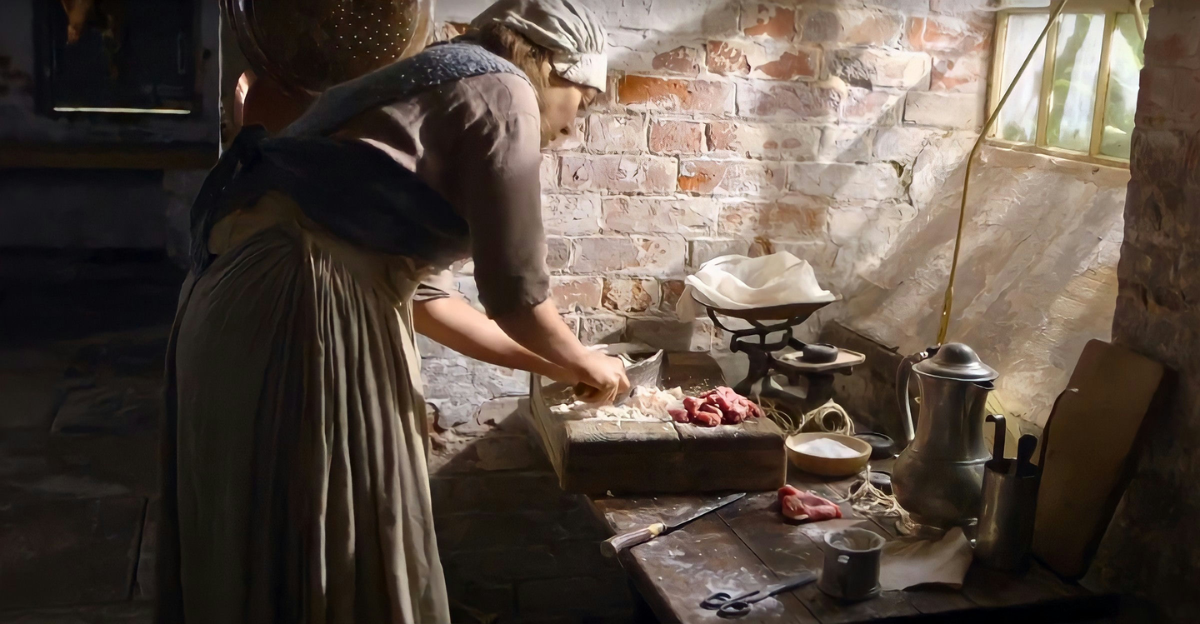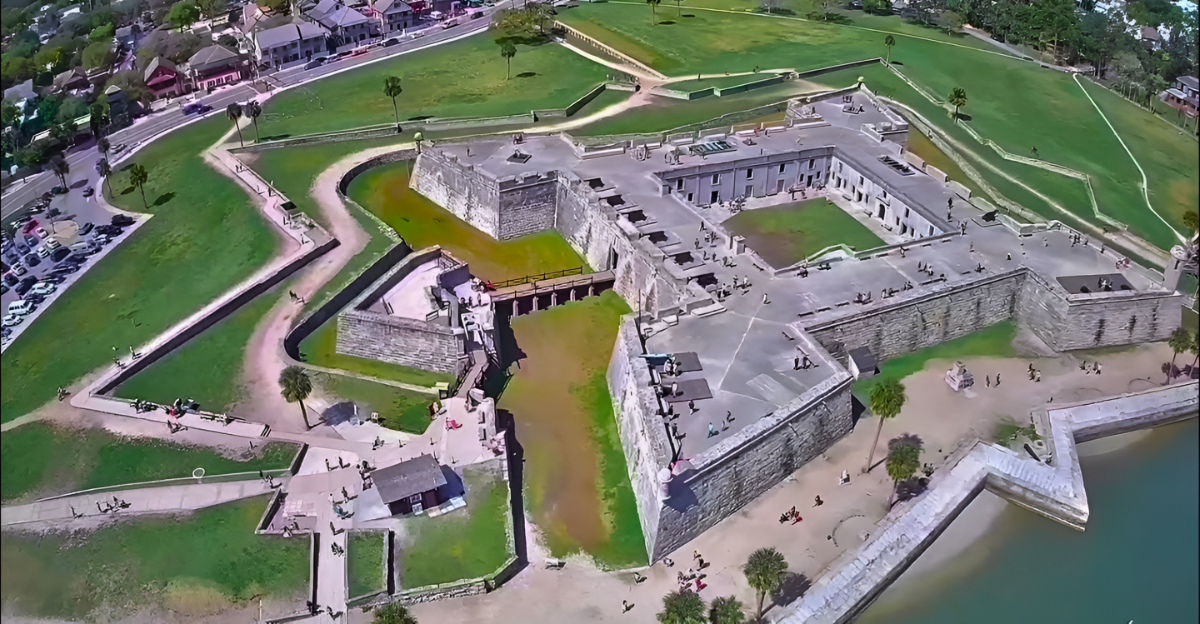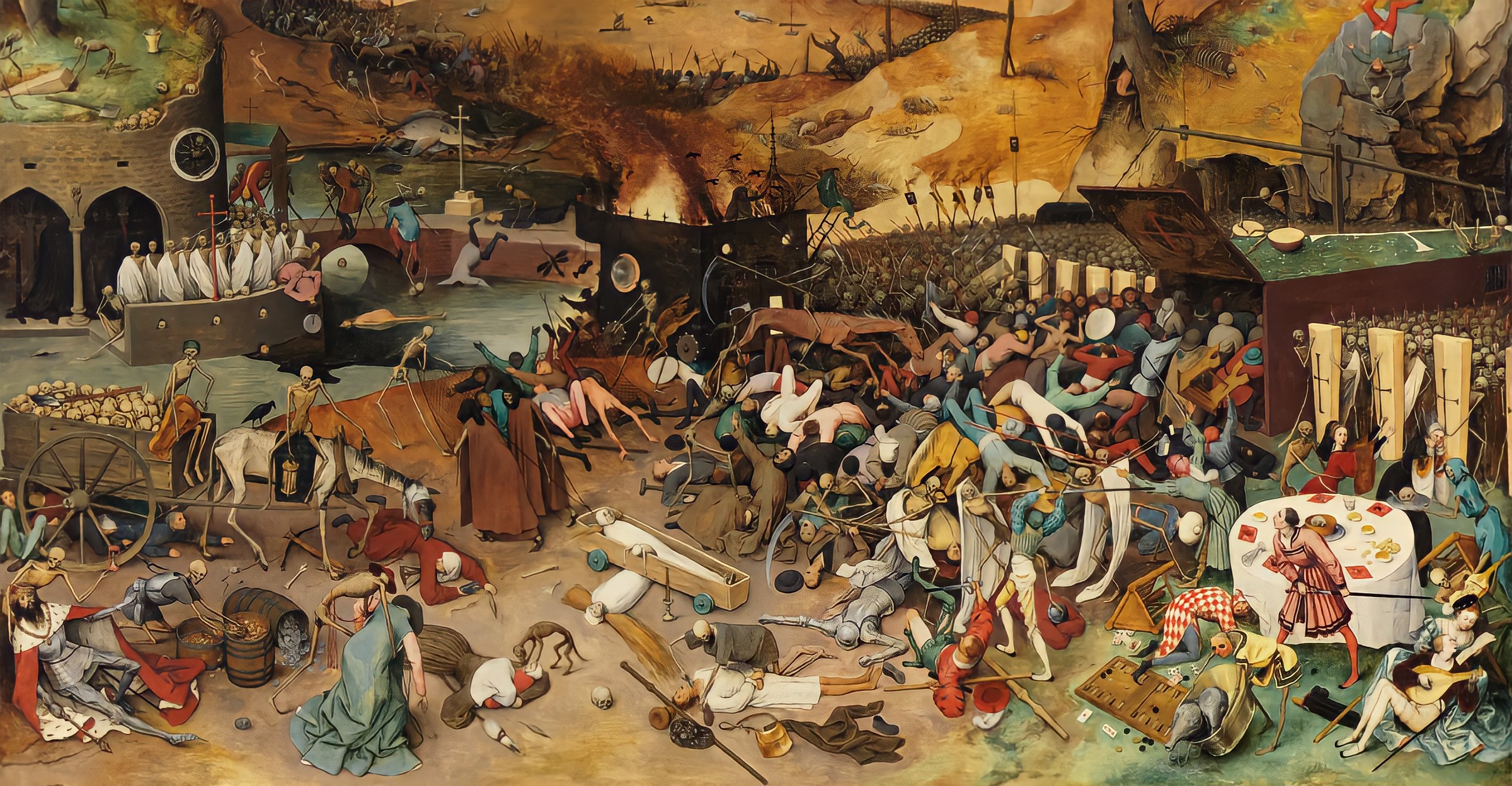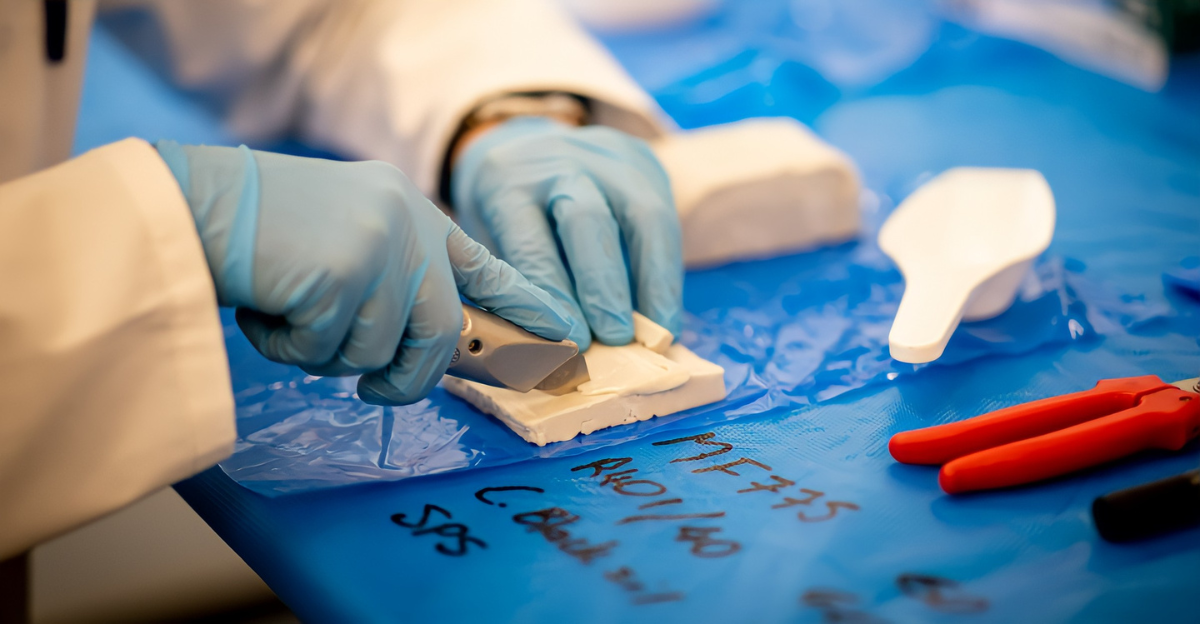
Modern science has done a great deal to illuminate our understanding of strange phenomena. But over the centuries, ancient engineers have left us with enigmas that modern laboratories can’t unpack.
Water-healing stone and color-shifting glass weren’t the only ingenious materials. These materials were resilient and functional.
Ancient builders worked in severe conditions, without modern technology or factories. What exactly did they know that we don’t? Let’s examine ten materials that still puzzle today’s scientists and engineers.
Ancient Genius Without Blueprints
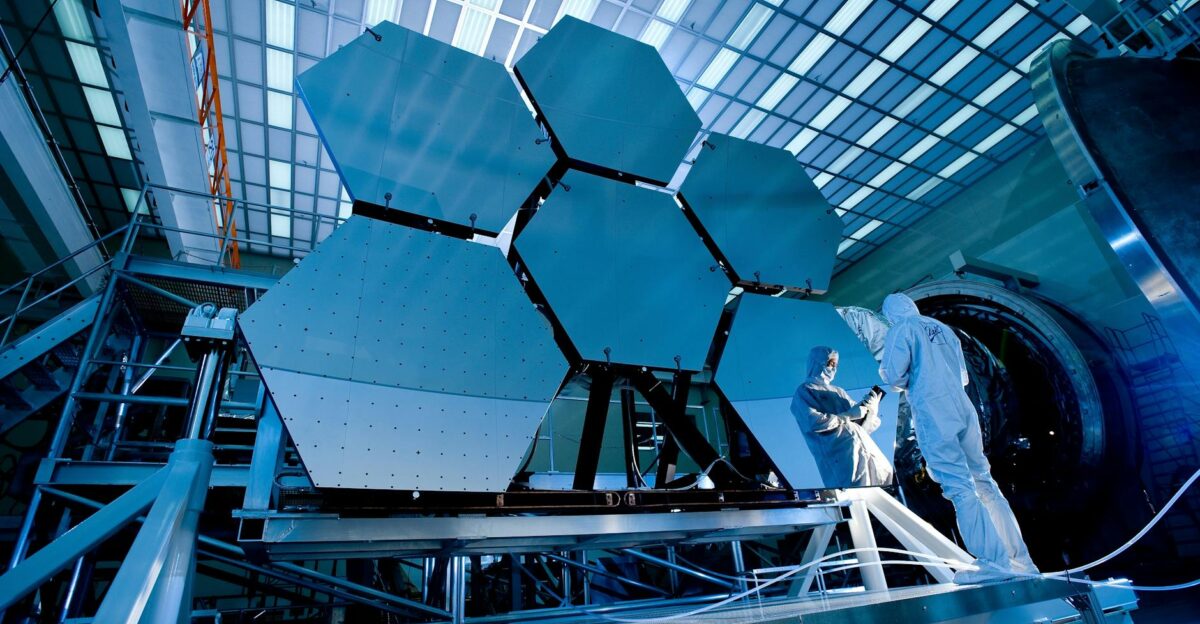
There was no chemistry degree, no patents, and yet these cultures created materials with qualities we today equate with advanced engineering: self-healing, corrosion resistance, and nanotechnology.
Even with billion-dollar grants and high-tech labs, scientists are still attempting to mimic their performance. Why don’t we simply replicate the formula? It’s not so easy.
We Can See It, But Can’t Repeat It

In most instances, we can examine the composition of elements down to the atom. We can X-ray and laser scan ancient surfaces.
But when we try to replicate these materials at volume and with consistency, that’s where there are roadblocks.
Something in the way these materials were created, perhaps the conditions at the time, perhaps the craftsmanship, still eludes us.
1. The Concrete That Heals Itself: Roman Innovation
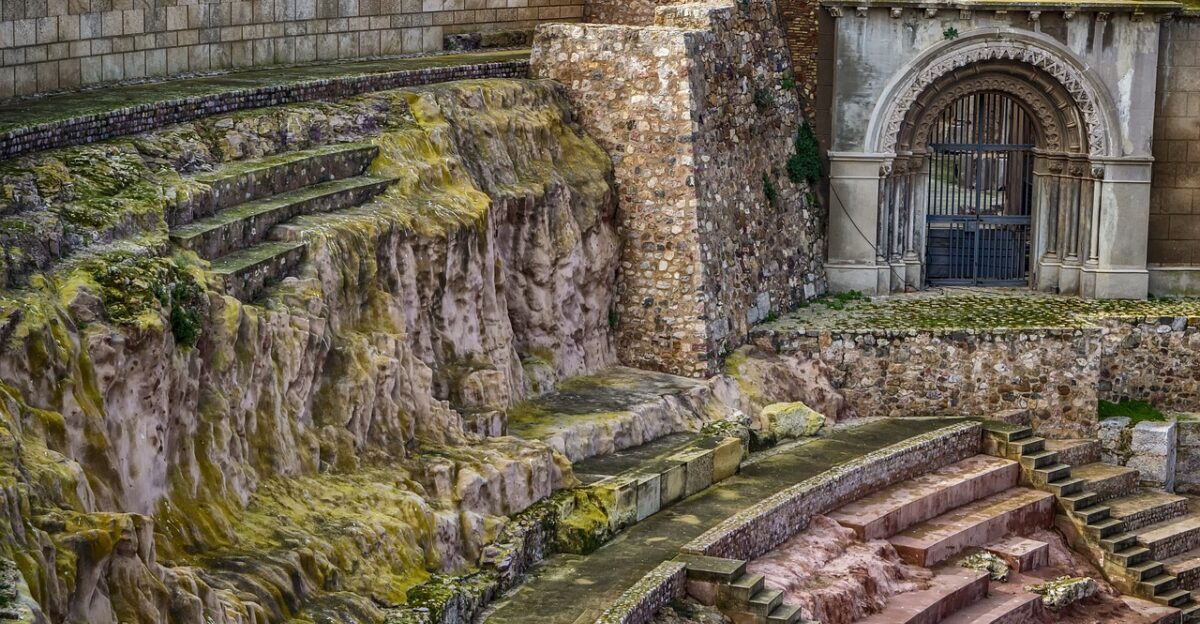
Roman concrete isn’t only ancient, it’s becoming more durable. While newer concrete cracks and crumbles, Roman piers and seawalls have stood the test for thousands of years.
Their trick? A blend of volcanic ash and lime that reacts with seawater. When cracks develop, minerals form in the fissures, closing them over the years.
Scientists are replicating the process today with bacteria and mineral capsules. But even today, Roman concrete is the gold standard for resilience.
2. The Blade That Doesn’t Break: Wootz Steel

Damascus steel, made from Wootz ingots in ancient times, was legendary for sharpness and strength. Its secret wasn’t only in the craftsmanship but in the nanostructure: the layers of metal and carbon created by carefully controlled heating and cooling cycles.
Recreating it usually fails because the process was so optimized that even slight deviations change the outcome. Scientists now use high-tech manufacturing, but the original process is still unknown.
3. A Cup That Changes Color: Lycurgus Glass

The Lycurgus Cup appears green at first. Hold it up to the light, however, and it’s red. Scientists have only recently figured out why: nanoparticles of gold and silver, suspended in the glass, do the tiniest dance with light.
That’s right; 4th-century artisans inadvertently developed what we now know as nanotech. Reproducing the effect in a lab is possible nowadays, but creating something as stable and beautiful as the original? That’s still a work in progress.
4. Ceramic with Built-In Shin: Egyptian Faience
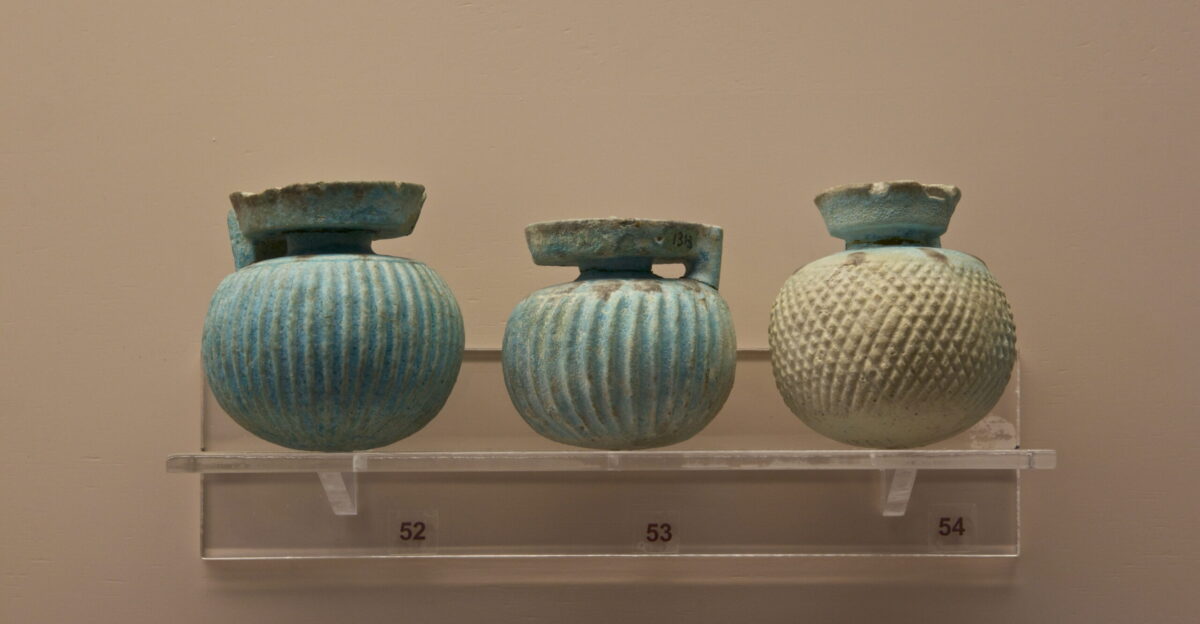
Egyptian faience is glass-like but not exactly glass. It’s a self-glazing substance created by firing a quartz paste that creates its own shiny surface.
The vibrant turquoise came from copper compounds, fired in carefully controlled conditions. Modern kilns can achieve the same effects easily, but repeatedly duplicating the same depth of color and sheen without modern glazes is still tricky. It was chemistry without chemicals as we understand them today.
5. A Paint That Defies Weather: Maya Blue

This pigment is resistant to acid, sun, and even tropical humidity. Maya Blue was created by heating indigo dye and a specific clay together, creating an incredibly stable bond.
Some of the murals painted with it are still bright after 1,000 years. Modern scientists have reverse-engineered the process and are using it in conservation efforts, but the precise low-tech precision that went into the original mixture is still unknown.
6. Rust-Proof Iron: The Delhi Pillar

The Delhi Pillar of Iron has been upright for more than 1,600 years without any sign of rust—not by chance, but by metallurgy.
The ancient craftsmen used iron with a high phosphorus content and was sulfur-free, making it possible for a protective layer to form.
It’s been challenging to duplicate the same corrosion resistance even with today’s instruments. It’s not only about the material but also how it was crafted and allowed to mature naturally.
7. Ringing Porcelain Like a Bell: Chinese Mastery

The ancient Chinese porcelain was so refined that it was translucent and rang like music when struck. Developed from unconventional clay and fired in very hot kilns, its achievement lay in material and precision control.
Despite modern kilns, with which it is still uncommon to exactly replicate the original Jingdezhen porcelain translucency and strength with any consistency, what is lacking? A synthesis of experience, timing, and raw geological chance.
8. Rubber Before Goodyear: Mesoamerican Magic

The Olmecs and Maya created rubber by processing tree sap, centuries ahead of modern vulcanization. They developed tough, elastic rubber that resisted heat and wear by combining latex with vine sap that contained natural sulfur compounds.
Scientists can replicate this today, but only using laboratory equipment and purified chemicals. How ancient individuals worked this out and developed it further without chemistry textbooks is one of the great material mysteries.
9. Earthquake-Proof Stones: Inca Masonry

The Incas built without mortar, and yet their walls withstand earthquakes that topple modern structures. How were they able to do this?
Interlocking stones carved so precisely they could move without cracking. Modern scientists use digital scans to replicate this process using concrete blocks, but we cannot replicate what the Incas did by hand today.
10. The Fiery Glue That Stuck Underwater: Greek Fire

Greek Fire was not only a weapon but also a waterproof adhesive. Created from ingredients like pine resin, pitch, sulfur, and lime, it stuck wood in wet conditions, something adhesives today still can’t easily do. It was perhaps even stiffened by water exposure.
Chemists today can reproduce portions of the recipe, but the complete compound and process are theoretical. We know that it worked; we just don’t know exactly how.
The Legacy of Lost Formulas

For all of our data and diagnostics, some of the most durable material ever imagined was created through trial, error, and time.
Architects long ago built without electricity and still succeeded in doing what we can hardly replicate today.
These “smart” materials complicate our notion of progress and reveal that innovation is not quite progressive. What other materials are still concealed in ruins, waiting to be rediscovered?


